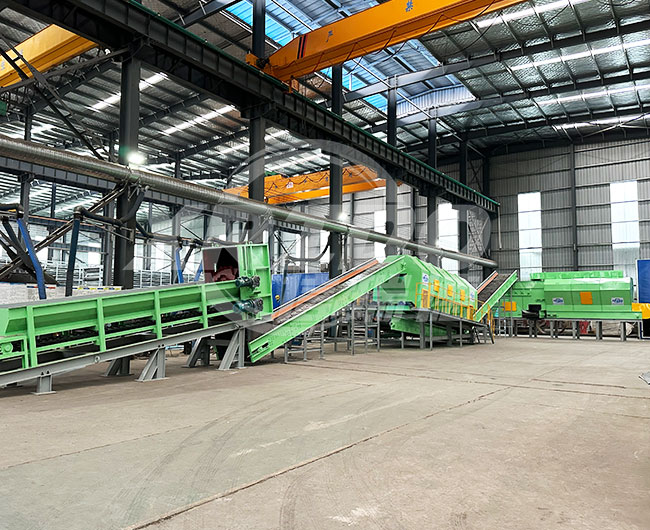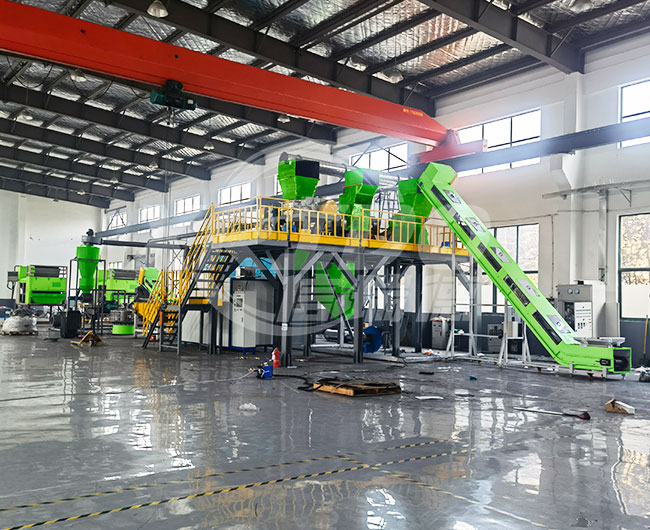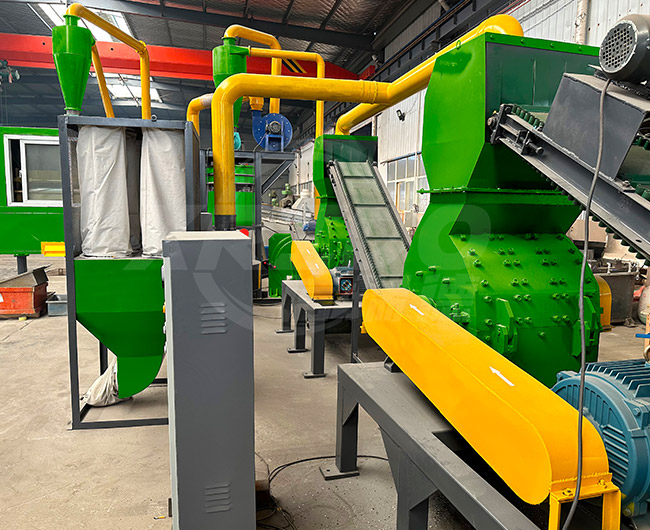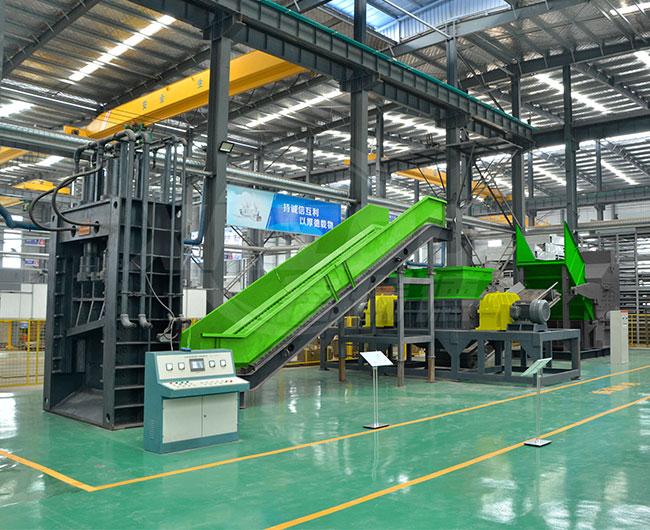Hot Products
Steps to Recycle PCB with PCB Recycling Equipment
The metals contained in the PCB include ordinary metals: aluminum, copper, iron, nickel, lead, tin and zinc, etc.; precious metals: gold, palladium, platinum, silver, etc.; rare metals such as rhodium and selenium. PCB also contains a large number of high-molecular polymers directly or indirectly derived from petroleum products, which have high calorific value. They can be used to generate energy and produce related chemical products, many of which are toxic and harmful. If discarded, it will cause great pollution.

The PCB template is composed of various elements, even if it cannot be used normally, the elements can still be recycled. So, how to use PCB recycling equipment to recycle PCB, we briefly introduce the steps:
1. PCB sample paint stripping
The surface of the PCB is coated with protective metal, and the first process of recycling is to remove the paint. Paint removers include organic paint removers and alkaline paint removers. Organic paint removers are highly toxic and harmful to humans and the environment. Sodium hydroxide and corrosion inhibitors can be used to dissolve them by heating.
2. The PCB template is broken
After the PCB is dismantled, it will be crushed. The crushing methods include impact crushing, extrusion crushing and shear crushing. The more commonly used technology is ultra-low temperature freezing and crushing technology, which can cool down tough materials, make them brittle and crush them, and completely dissociate metals and non-metals.
3. PCB sample sorting
The pulverized material needs to be sorted according to the density, particle size, magnetic permeability, electrical conductivity and other characteristics of each component. Usually, there are dry and wet sorting. Dry separation includes dry screening, magnetic separation, electrostatic, density and eddy current separation, etc. Wet separation includes hydrocyclone classification, flotation, hydraulic shaker, etc. The separated substances can be reused.






